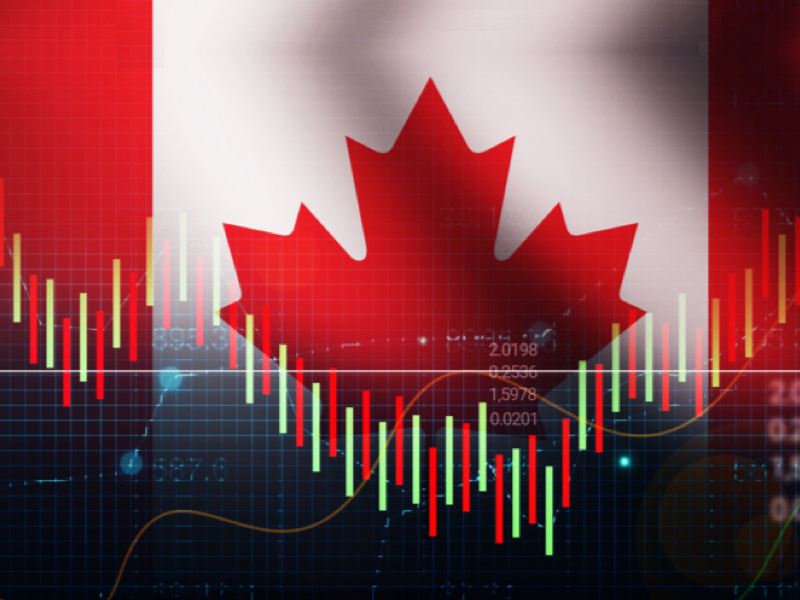
Until the Bank of Canada begins cutting the policy rate, which is expected to occur mid-year, high interest rates will continue to dampen consumer and business spending in Canada, finds the Conference Board of Canada.
A report from the think tank forecasts Canada’s 2024 real GDP growth will be 0.6% in 2024, followed by a stronger 2.3% in 2025.
“Expansion plans within the business sector have stalled, evident by weak growth in investment spending and a cessation in private sector hiring,” Ted Mallett, director, economic forecasting at the Conference Board of Canada, said in a release.
The report’s region-by-region breakdown puts Newfoundland at the top of the growth list. Following two years of economic contraction, the region will see some output growth with the Terra Nova offshore oil platform back online. The fishing industry also is set to rebound from its slowdown in 2023. The province’s GDP is forecast to rise by 1.5% in 2024 and 1.1% in 2025.
Prince Edward Island’s net interprovincial migration gains are declining, as islanders move out at historically high rates. However, unlike many other provinces, the influx of young people from international migration is enough to maintain P.E.I.’s labour force participation rate. The province’s economy is anticipated to increase by 1.2% in 2024 and 2.1% in 2025.
An anticipated rise in global demand for potash will help stabilize prices and improve production volumes in Saskatchewan. The agriculture sector is also poised to recover from recent drought conditions. Saskatchewan’s economy is forecast to grow by 1.1% in 2024 and an additional 2.7% in 2025.
High migration levels continue to boost Alberta’s economy, but with the economic slowdown, some employers may encounter challenges in fully integrating this labour influx. Alberta’s economy is expected to expand by 1.0% in 2024 before increasing a further 2.8% in 2025.
Housing starts in British Columbia are expected to drop 15% this year, perpetuating affordability challenges. The province’s tourism outlook, however, is strong, with indications of a full recovery from the pandemic. B.C.’s economy is forecast to grow by 0.8% in 2024 and 2.3% in 2025.
Ontario’s net international migration is expected to drive consumer demand. However, growth in Ontario’s finance and real estate sectors is expected to slow, and manufacturing output will shrink. The province’s GDP growth is anticipated to be a modest 0.6% in 2024, followed by 2.3% in 2025.
Most sectors in Nova Scotia are expected to experience slower output growth this year, particularly in key industries. The province’s GDP is expected to rise by just 0.5% in 2024 before bouncing back to 2.0% growth in 2025.
Manitoba’s agricultural sector has taken a hit due to the rising frequency of drought. Still, with the CentrePort Canada rail park project supporting international trade and the manufacturing sector, the province’s economy is poised for upcoming success. Manitoba’s economic growth is forecast to slow to 0.3% in 2024 but will rise by 2.7% in 2025.
Private investment in Quebec is expected to decrease for the third consecutive year, largely due to reduced activity in residential construction. However, with demand for aluminum and aerospace exports projected to grow, the province could fortify its position in the electric vehicle and critical minerals supply chain. Quebec’s GDP growth is expected to be just 0.3% in 2024 but will rise by 1.7% in 2025.
Over the coming years, activity in New Brunswick’s construction sector will slow, due to the completion of several large-scale projects and an absence of any major new projects on the horizon. New Brunswick’s economy is forecast to expand a mere 0.2% in 2024 before rebounding to 1.7% growth in 2025.